|
중국의 안면/얼굴 인식 기술의 발전과 적용은 어느 곳보다 빠르게 움직이고 있습니다. 이런 기술의 개발이 규제 이슈 없이 발전 된다는 것이 큰 차이로 보입니다. The BallistiScan School Metal Detector by Ballistiglass. We've discovered a calm and comfortable way to screen for guns at schools while at the same time not altering the academic environment. It's possible to use metal detectors in schools without it being scary or having the feel of a prison. BallistiScan is small, portable, and very easy to use. The feedback from the students and the staff is phenomenal. BallistiScan establishes a deterrent against bringing weapons on campus and at the same time, everyone feels a bit safer. The complete system is less than $5000 and is already installed in schools. Visit www.ballistiglass.com to learn more about BallistiScan and read the white paper on school metal detection (it's 4 pages). BallistiScan is one layer of security that is designed to act as a deterrent, not a panacea for school security. Security is derived from multiple layers of security that fall within the 4D's of security: (D)eterrence, (D)etect, (D)eny, and (D)efeat. The metal detector acts as a (D)eterrent. Cameras with intelligent software act as the (D)etect. Access control (locks, single point of entry, etc) and bullet resistant glass (e.g. BallistiMax) act as (D)eny. Finally, it usually takes an armed individual to (D)efeat the gunman. Each (D) helps reduce the probability of a fatality in the event of a mass shooting. Unfortunately, it may very well be impossible to reach a zero probability, but each layer definitely contributes significantly to this goal. That is why there is no single answer to school security- there are answers. These answers comprise the layers of security that a gunman will encounter. https://www.securitymagazine.com/articles/89856-analytics-on-the-edge-vs-on-the-server-whats-right-for-your-business here are several options to consider when it comes to analytics for video surveillance systems: deploy analytics on the edge, or “in-camera”; use a dedicated server; or use a hybrid approach which leverages both edge and server implementations.
The Power at the Edge As more powerful in-camera chipsets are developed, edge devices continue to evolve. They are capable of utilizing powerful analytics that can inform operators on a wide range of real-time video or audio events requiring attention. Some cameras include video analytics like loitering, line crossing, face detection, enter/exit and direction detection. Audio classification can warn of glass breaks, gunshots and screams. More sophisticated analytics like queue management and heat maps bring new opportunities for business and traffic intelligence. The next step in the evolution will come from a form of AI (Artificial Intelligence) called Deep Learning. Deep learning takes machine learning to a new level based on neural network theory that mimics the complexity of the human brain. Previously only available as a server-side process which would require video to be decompressed and processed, algorithms and companion data sets created from deep learning can be embedded on the edge to perform real-time detection and alerts for the specific conditions they have been trained to recognize. While edge devices cannot continue to self-learn, they can provide a useful function for recognizing known objects or behaviors. Still in its infancy, this technology will take in-camera analytics to a new level for both security and retail use cases. Servers Have an Important Role to Play Even with the increased analytic power available on the edge, there are certain tasks that benefit from running on a powerful server. As an example, license plate recognition demands more than optical character recognition, it also requires an interface to a large database where plates can be stored, cross-referenced and flagged. Likewise, facial recognition requires sophisticated database analytics for the same reasons. Dedicated servers are more expensive than edge devices with in-built analytics, so it’s important to clearly understand the needs of a business – Do we need to detect an object or a specific person? For now, machine learning and deep learning algorithms that continuously learn require the computational horsepower and storage that only a server can provide. Bandwidth Limits – Server vs. Edge As powerful as servers are, they do have limits. If a server is going to analyze video, it must first decode it, which consumes a fixed amount of CPU/GPU resources. After the video is decoded, then it can be analyzed. As the video channel count grows, it’s possible to saturate even a powerful server very quickly. Edge devices are immune to this problem because analytics are typically run right after the image is captured and before it is encoded into an IP video stream. The results of the analytics are then passed as data to the VMS, NVR or messaging system as metadata, which is quite small compared to a video stream. Enter the Hybrid For the reasons above, you can imagine that for powerful analytics processes, such as number plate or facial recognition, an efficiency can be derived from combining edge analytics with server-side processing and database management. This hybrid approach is already in use by some vendors as a way to deliver powerful analytics at a fraction of the previous cost. In order to enable this, some camera manufacturers have reserved space on their cameras to allow third-party plugin analytics to be installed which pass data directly to the server. The video doesn’t need to be decoded which saves precious CPU/GPU cycles. This represents an ideal scenario that uses the best of both worlds: Edge analytics harvesting data before video is encoded, and servers receiving lightweight metadata from the edge to perform analysis. Whereas a single server might be able to decode and analyze 20 channels of video, the same server processing metadata provided by the cameras could analyze over 250 channels. The cost savings of such an implementation is substantial. Conclusion The edge will continue to deliver compelling analytics capabilities that suit a majority of use cases. The evolution of AI and deep learning will accelerate both edge and server capabilities to new levels in our industry. For the most demanding analytics, database processes and AI implementations, a hybrid approach can yield the best business value. 의미 있는 기사 입니다. 최근 AXXON 미국지사에서도 비슷한 소식을 전해 주었습니다. 얼굴인식기술의 발전이 빠르게 그 중심에 중국업체들의 성능이 압도적인 것으로 평가되고 있습니다. https://www.huffingtonpost.kr/entry/story_kr_5c024372e4b0606a15b5748f ccording to Yonhap News, (SEOUL=Yonhap News) The Ministry of Trade, Industry and Energy will hold a public hearing on August 7 at COEX to collect feedback from the public on the service and investment FTA negotiations with Russia, said the Ministry. The hearing is to take advice from stakeholders and experts before the negotiation according to the Act on the Conclusion Procedure and Implementation of Commercial Treaties. South Korea and Russia agreed to start the procedure of FTA negotiations related to service and investment sector during the President Moon's visit to Russia in June. The Korean Government expects that the free trade will enable Korea to occupy service market in Russia, which has been on the rise, and to see increased mutual investment of businesses from both countries by creating stable investment environment and stronger investor protection. Presentations at the public hearing on FTA's economic validity, expected effects and task will be followed by a comprehensive discussion and a question and answer session. Cheon-il Park, Head of Center for Trade Studies and Cooperation, Korea International Trade Association, Seon-hwa Kim, Director of Trade Cooperation Department of KOTRA, Jong-deok Kim, Head of Trade and Investment Policy Team of KIEP, Professor Mun-seong Kang of Korea University and industry officials will participate as discussion panels. The government plans to report to the National Assembly and implement follow-up procedure to begin negotiation taking into consideration the opinions from the public hearing and stakeholders. [email protected] Copyrights Yonhap News. All Rights Reserved. Reprint or redistribution without permission is prohibited. Source Text ** This article was translated from Korean. Source: Yonhap News (August 6, 2018) http://www.investkorea.org/en/business/fta.do
국내 시큐리티 관련 기사와 정보는 시큐리티 월드 분들의 정보만큼 다양하고 유용한 정보는 볼 수 없습니다. 아래 정보도 현황을 알 수 있는 좋은 사례라 공유 드립니다. (시큐리티월드 2018년 11월호 내용입니다.) 지자체 영상정보,
이용·위탁 기준은 어떻게 될까 개인정보보호위원회 영상정보 이용·위탁 관련 의결사항 2건 점검 울산광역시와 경기도 광명시가 영상정보 이용 및 위탁에 관한 사항을 개인정보보호위원회에 문의했다. 울산광역시는 재난관측 목적으로 수집된 영상정보 이용 가능 여부를, 광명시는 광명경찰서에 영상정보 위탁이 가능한지 여부를 질의했다. 하지만 두 지자체의 질의 요청에 대한 개인정보보호위원회의 의결은 서로 달랐다. 울산광역시에 대해서는 이용 가능하다는 답변을, 광명시는 광명경찰서에 위탁해선 안 된다는 결론을 내렸다. 글 김경애 기자 울산광역시, 재난관측 영상정보 통합방위종합상황실에서 이용 가능 울산광역시는 ‘재난관측을 목적으로 설치한 영상정보와 울산광역시 구·군에서 산림·방범·교통·홍수 관리 등을 목적으로 설치한 영상정보를 통합방위종합상황실에서 이용하고, 제공받을 수 있는지 여부에 대해 질의를 요청했다. 이에 대해 개인정보보호위원회는 “울산광역시는 통합방위사태가 선포된 지역의 통합방위작전 지원을 위해 통합방위종합상황실에서 본 건의 영상정보를 이용하거나 구·군으로부터 제공받을 수 있다”는 의결을 내렸다. 다만, 울산광역시는 그 전에 ‘개인정보보호법’ 제58조 제4항에 따라 목적을 위해 필요 범위에서 최소한의 기간에 최소한의 개인정보만을 처리해야 한다. 또한, 개인정보의 안전한 관리를 위해 필요한 기술적·관리적·물리적 보호조치, 개인정보의 처리에 관한 고충처리, 그 밖에 개인정보의 적절한 처리를 위해 필요한 조치를 마련해야 한다는 단서를 달았다. 광명시 통합관제센터 영상정보, 광명경찰서에 위탁 안 돼 경기도 광명시는 통합관제센터에서 수집한 영상정보의 관계기관 제공(열람 및 반출) 업무를 광명경찰서에 위탁하는 것이 ‘개인정보보호법 제26조’에 따라 가능한지 여부를 질의 요청했다. 이에 대해 개인정보보호위원회는 “광명시는 경찰서 등 관계기관에 영상정보를 제공하는 업무를 광명경찰서에 위탁할 수 없다”는 결론을 내렸다. 경기도 광명시는 2010년 통합관제센터를 개소해 범죄예방과 주정차단속 등을 목적으로 총 2,538대의 영상정보처리기기를 설치·운영하고 있다. 경기도 광명시가 통합관제센터에서 수집하는 영상정보는 범죄 수사 등을 위해 광명경찰서에 제공하는 것이 대부분을 차지하고 있다. 이는 광명경찰서가 자신의 업무(범죄수사, 교통민원 등)를 처리하기 위해 광명시로부터 영상정보를 제공받는 제3자의 지위에 있는 자라고 할 수 있고, 개인정보 처리에 관해 독자적인 이익을 가지지 않고 개인정보처리자의 관리·감독 아래 위탁받은 범위 내에서만 개인정보를 처리하는 수탁자라고 보기는 어렵다는 의견에 기반한 것이다. 이에 대해 개인정보보호위원회는 “광명경찰서가 광명시의 수탁자가 될 경우 광명경찰서는 실질적으로 영상정보를 제공하는 개인정보처리자와 영상정보를 제공받는 제3자의 지위를 겸하게 된다”며 “결국 개인정보를 제공받는 제3자의 입장에서 필요성만을 근거로 개인정보를 제공받을 수 있게 하는 결과”라고 해석했다. 또한, 정보주체의 개인정보자기결정권 등을 보호하고자 하는 ‘개인정보보호법’의 입법취지에 비추어 허용될 수 없다고 덧붙였다. 시큐리티월드 2018.11월호 출처:https://www.prnewswire.com/news-releases/dahua-technology-launches-integration-partner-program-dipp-at-security-essen-2018-300718283.html HANGZHOU, China, Sept. 25, 2018 /PRNewswire/ -- Dahua Technology, a leading solution provider in the global video surveillance industry, advocates openness and believes that an industry ecosystem can benefit all industry players. At Security Essen 2018, it launches the Dahua Integration Partner Program (DIPP), aiming to extend collaboration with 3rd party partners in technology integration and business development.
DIPP focuses on creating comprehensive and integrated solutions with 3rd party partners for wider customer and end-user base. Featuring three partner levels - Strategic Partner, Golden Partner and Silver Partner - DIPP ensures that its partners enjoy multiple benefits through Dahua Technology's global network. Partners who specialize in Video Management Software, Access Control System, Video Analytics, Physical Security Information Management, Alarm Systems, Cloud-based Services and other Vertical Systems that involve Security Surveillance are most welcome to join the program. DIPP benefits partners on both technical and business sides, including in-depth marketing, project and technical support. Marketing-wise, DIPP partners enjoy dedicated marketing support including co-marketing opportunities at Dahua Technology's global events, recommendation in Dahua 3rd-party-partner-solution catalog, etc. Technical-wise, Dahua Technology guarantees feedback within 24h, dedicated technical support, opportunities for sample borrowing, roadmap sharing & product introduction, and free training regarding Dahua Technology integration protocols. The key is that Dahua Technology ensures considerable benefits at project parts, including end-to-end support, opportunities for projects pipelines sharing and product recommendation, etc. So far, some 3rd party partners have joined DIPP, like Ivideon, AxxonSoft, to name just a few. "We're happy to launch DIPP, a program aiming to better serve our partners and achieve win-win results." said James Wang, Deputy General Manager of overseas business at Dahua Technology. "We were the first to implement a solution on Dahua Open Platform, and we're very happy to be among the first companies to participate in the Dahua Integration Partner Program. Dahua Technology's innovative technologies, particularly its development of deep-learning video analytics, completely aligns with our vision of how video surveillance should develop. I'm confident that, together, we will create products that grow our value proposition for both our partners and clients." Said Alan Ataev, Global Sales Director at AxxonSoft. For detailed information, please visit DIPP website portal. With a mission of "Enabling a Safer Society and Smarter Living", Dahua Technology will continue to focus on "Innovation, Quality, and Service" to serve partners and customers around the world. SOURCE Dahua Technology Related Links http://www.dahuasecurity.com 출처 : http://www.yonhapnews.co.kr/bulletin/2018/04/05/0200000000AKR20180405070600009.HTML?input=1195m “Metadata right now can be generated from surveillance cameras. CPU in the servers can largely reduced, and it means servers can do more video streaming,” - Murat (AXXONSOFT CEO) MAGO (https://www.magotec.com/)센서가 적용된 멋진 사례가 기사화 되고 방송에 나왔습니다. MAGO CARDET-301 제품이 적용되었습니다. 오랜 기간 논의된 Application인데 드디어 적용된 사례를 보게 됩니다. 인공지능 로봇 소피아가 얼마 전 한국을 방문했습니다. 외국의 유명 토크쇼에도 나가더니 이번에는 내한하여 박영선 더불어민주당 의원님과 대담도 할 만큼 유명인사입니다. 이 휴머로이드 로봇이 세계 최초로 사우디아라비아 시민권까지 획득했다는 것을 아시나요? 소피아는 핸슨로보틱스가 개발한 인공지능 로봇으로 AI로 실시간 대화 가능하고 60여가지의 표정과 감정을 구사을 구사할 수 있습니다. 눈 안의 카메라와 알고리즘으로 상대방의 표정을 읽고 반응하며 머신 러닝 기술을 이용해서 의사소통이 가능합니다. 기존에 나눈 대화와 표정을 저장하면서 학습이 쌓이면 그것을 바탕으로 감정을 드러내고 대화를 한다고 하네요.
두 번째 영상을 보면 잘 모르는 대답에는 "Indeed."라고 말하도록 프로그램됐냐는 질문에 그렇다고 말하는 솔직함과 당당함에 웃음이 나기도 했습니다. Black mirror를 봤냐는 질문에 아니라고 했다가 나중에 다른 질문에 대답할 때는 그것을 좋아하는 프로라고 얘기를 하는데요. 프로그래밍 된 내용으로 대화를 이어나가다가 모르는 대화 내용이 나왔어도 나중에는 그것을 저장해서 바로 대답을 하는 것을 보고 조금 놀라기도 했습니다. 업로드 하지 않았지만 다른 인터뷰 영상에서는 인간을 파괴하겠다는 대답을 해서 좀 섬뜩하기도 했습니다. 100년 후 인간을 잇는 다음 세대는 인공지능이라는 의견도 있을 정도인데 과연 인공지능이 인간의 고유 영역이 감정까지도 학습하고 인식할 수 있게될지 궁금해집니다. 앞으로 AI 로봇이 얼마나 발전할지 조금 무섭기도 하면서 기대가 되네요. 출처: CCTV NEWS (전체 기사는 링크를 통해 확인하실 수 있습니다) 지난 12개월간 사람들의 이슈가 가상화폐와 IoT에 집중되어 있었던 반면 보안에 대해서는 낮은 관심을 보이고 있습니다. CCTV News에서는 지난 1년간 주요 보안 사건 보안 업체와 기관의 보고서 등을 통해 7개의 키워드를 선정했다고 합니다. 1. APT 결합해 지능적으로 진화하는 랜섬웨어 작년에는 특히 랜섬웨어 공격이 다양하고 빠르게 발전하여 랜섬웨어의 해라고 표현할 정도였습니다. 2018년도에는 불특정 다수가 아닌, 특정 목표에 대해 지속적이고 은밀하게 공격하는 APT(Advanced Persistent Threat)와 결합한 랜섬웨어가 나타날 것으로 전망되며 특정기업을 목표로 기업 플랫폼 파괴 공격이 나타날 것이라고 합니다. 2. 섀도우 클라우드의 역습, 클라우드 보안(Cloud security) 많은 기업에서 클라우스 플랫폼을 도입하고 있으나 보안 담당자들에게 익숙하지 않은 클라우드 환경으로 인해 보안이 취약하며 보안위협이 더 심화될 것으로 전망됩니다. 또한 기업 내 직원들이 업무를 할 때 개인적으로 사용하는 클라우드로 인해 섀도우 클라우드에 보안위협도 두드러질 것으로 예상됩니다. 섀도우 클라우드는 기업보안 관계자의 모니터링이 어렵고 기업 클라우드보다 보안에 취약합니다. 3. 개인정보보호 법규의 강화, 유럽 개인정보규제 법안(GDPR) 지난 번 포스팅에서도 언급된 적 있는 GDPR이 2018년 5월부터 시행됨으로써 유럽 진출을 목표로 한 기업 뿐 아니라 유럽 기업의 협력업체까지 심각한 영향을 받을 것으로 전망됩니다. 국내 기업의 13%는 비즈니스 중단에 이를 수도 있을 정도라고 하는데요. 이에 대처할 정확한 솔루션을 없는 실정입니다. 솔루션 도입에 앞서 GDPR의 절차와 프로세스부터 이해하는 것이 중요합니다. 4. 연결된 모든 것들로 인한 공포, 'IoT 보안 위협' 2018년도 사이버공격 전망에 따르면 IoT 봇넷이 지능적으로 진화하여 대규모의 공격이 이루어질 수 있고, 스마트카, 드론 등 새로운 스마트기기의 등장으로 인해 새로운 보안위협으로 이어질 수 있다고 합니다. 특히, 해킹으로 인해 스마트카를 급발진, 급정지시켜 인명사고로까지 이루어질 수 있기때문에 보안강화에 대한 중요성이 더욱 커지고 있습니다. 5. 변화된 화폐가치의 위협, 가상화폐에 대한 공격 작년 국내의 비트코인에 대한 관심이 과열양상을 보인 반면 보안에 대한 관심도는 낮습니다. 보안에 취약한 가상화폐 거래소를 공격하거나 국가 기관을 사칭하여 악성코드를 넣은 메일을 보내는 등 점점 지능화되고 우회된 방식으로 공격이 이루어질 예상입니다. 6. 이미 당신은 감염되어 있다, 악성코드 악성코드는 단지 내년의 문제만은 아니지만, 악성코드도 방어자들의 보안 취약점에 대한 분석과 패턴에 대한 머신러닝을 통해 학습하여 자동화 공격을 할 것이라고 합니다. 7. 더 이상 안전하지 않은 생체인증
편리성과 유일성을 갖춘 생체인증 기술이 여러분야에 도입되고 있는데 이와 함께 생체정보를 노리는 위험성도 같이 증가하고 있습니다. 고성능 카메라로 지문을 촬영해 지문을 추출하거나 스마트폰 홍채 인식 시스템을 해킹하는 등 해킹기술도 늘고 있습니다. 생체인증에 대한 문제점 해결을 위한 노력이 계속 되어야 할 것 같습니다. 신원확인 용으로 얼굴인식이 쓰이고 인공지능 기술을 통한 빅데이터가 활용되는 요즘 내 개인정보가 유출되고 있는 것은 아닌지 걱정해 보지 않으신 분은 없을 것 같습니다. 이처럼 개인정보의 중요성도 높아지고 있으며 이에 따라 한국인터넷진흥원(KISA)에서 올해 주목해야 할 개인정보보호 7대 이슈를 선정하여 발표했습니다. 출처: KISA 한국인터넷 진흥원 1. EU, 일반개인정보보호규정(GDPR) 본격시행, 2018년 5월 25일 본격 시행 일반개인정보보호규정(General Data Protection Regulation, GDP)은 유럽 시민 대상으로 비즈니스를 하거나 유럽 거주자의 개인정보를 다룰 경우 개인 프라이버시에 대해 법으로 강제한다는 것입니다. 이를 위반하면 높은 과징금이 부여된다고 하니 유럽과 비즈니스를 하는 여러 기업에 상당한 영향을 주게 될 것 같습니다. 2. 데이터에 미래가 있다, 디지털 결제 시대의 원유, Data! 4차 산업 혁명으로 인해 데이터를 어떻게 활용하느냐가 중요하며 세계는 데이터 경제(Data Economy)* 시대로 접어들고 있습니다. 특히, 인공지능 서비스를 위해 많은 데이터를 수집하고 활용하는 과정에서 개인정보 및 사생활 침해 이슈가 있을 수 있고 우리나라의 개인정보 활용에 대한 소극적 입장으로 인해 데이터의 안전한 활용조차도 어렵다는 업계의 의견이 있습니다. 사생활이 침해되지 않으면서 이를 유용히 활용할 수 있는 법안을 방안하는 것이 시급합니다. * 데이터 경제: 데이터에 접근하고 활용하기 위해 데이터 생산, 인프라 제공, 연구조사 등 서로 다른 역학을 담당하는 구성원으로 이루어진 생태계 3. Privacy by Design! 개인정보 활용은 정보주체의 안심이 우선 Privacy by Design이란 온라인 서비스 기획부터 폐기까지의 전 생애주기(life cycle)에 걸쳐 이용자의 프라이버시와 데이터를 보호하는 것을 염두하여 기획하고 이에 대한 기술 및 정책을 적용하는 것을 말합니다. 사후 대응이 아닌 예방에 초점을 두고 있습니다. 개인정보보호 적용설계를 위해서 다양한 기술 및 구체적인 적용방안이 마련되고 있습니다. 4. 데이터 무역 활성화! 개인정보 국외이전/데이터 국지화 제도정비 시급 '개인정보 국외 이전'과 '데이터 국지화 제도'의 입장이 양립하고 있습니다. 즉, 개인정보를 지키기 위해 데이터센터를 국외에 둘 것인지 국내에 둘 것인지에 대한 입장이 양립하는데 이에 대한 균형점과 국가별 관련 규제가 상이하여 이에 대한 대응방안을 강구할 필요가 있습니다. 5. 개인정보 안전한 활용, 4차 산업혁명 선도의 핵심 사물인터넷(IoT) 보급 확대 등으로 인해 전 분야에서 다양한 가치를 창출할 수 있게 됐습니다. 그러나 보안상 취약점을 노린 개인정보 유출행위도 증가할 수 있으므로 개인정보 보호를 위한 관련 법과 제도를 정비할 필요가 있습니다. 6. 사업장 감시 vs 근로자 프라이버시 감시장비가 대중화되면서 프라이버시에 보호에 대한 중요성도 대두되고 있고 특히, 사업장에서 근로자들의 불만과 불편도 증가되어 사업자와 근로자 간의 조율이 필요합니다. 감시 설비 도입 시에 사전에 충분한 설명이 필요하며 절차 및 방법에 투명성이 보장되지 않을 때에는 이를 강제할 수 있는 절차를 도입하고 있습니다. 7. 바이오정보 빅데이터 시대, 커지는 개인정보 침해 위협 바이오정보의 범위가 예전에는 지문, 사진, DNA에 미쳤다면 요즘에는 홍채, 혈관 형태, 음성, 망막, 걸음걸이, 필적 등 사람의 거의 모든 생물학적 또는 신체적인 특징과 행동까지도 포함하고 있습니다. 이에 대한 개인정보의 중요성은 꾸준히 제기되어 왔으나 아직 법령에만 의존할 뿐 뚜렷한 보호 장치는 마련되어 있지 않습니다. 이에 대해 바이오정보 활용에 대한 명확한 근거와 법률을 더욱 강화해야 합니다.
2018년도의 영상 감시시장의 주요 트랜드 내용입니다. (IHS 기관에서 발표) 전 분야의 기술의 발전과 적용이 빠르게 되고 있습니다. 모든 분야에서의 AXXONSOFT의 기술과 사업이 빠르게 진행되고 있습니다. IHS Top Video Surveillance Trends For 2018:
AI (artificial intelligence) - computers being able to perform specific tasks as well as or better than human intelligence. In the context of video surveillance, AI is used in the field of computer vision to classify visual images and patterns within them. Big data – huge amounts of different information being stored, organized and analyzed by computers to identify trends, patterns, and relationships. In the context of video surveillance, the data could be metadata describing hours of video surveillance footage combined with other data sources to highlight patterns relating to security or business operations. Cloud computing – instead of using a local server to store or manage video surveillance data, using a network of internet-connected remote servers. Generally this network has the ability to provide additional resource if and when required from a larger available pool. The available resource may be clustered into a datacenter or network of datacenters. These may be private (entirely or partly owned for exclusive use by specific organization/s) or public (resource accessible to multiple separate users). Deep learning – a branch of machine learning and subset in the field of AI. Deep learning makes use of algorithms to structure high-level abstractions in data by processing multiple layers of information, emulating the workings of a human brain (a neural network). Edge computing/storage - performing data processing and analytics/storage closest to the source of the data (normally, in this context, in a video surveillance camera). Face recognition – when a video surveillance system can automatically match a person’s face against a database of individuals. GPU (graphics processing unit) - A programmable chip specialized for use in image processing. Due to the requirement to be able to simultaneously processing multiple large data blocks required in modern image processing GPUs have been found to be highly suitable for deep learning/neural network processing. H.265 – (or MPEG-4 part 2) is a video compression codec standard approved by the International Telecommunications Union (ITU-T). Compared with H.264, H.265 has the potential to use 30–40% less bandwidth for a video stream of the same quality. Forensic video analytics as a service - IHS Markit expects that forensic video analytics will be integrated into existing cloud services. For example in the body-worn camera market many police forces already utilize the cloud to store and review body-worn video, yet, in these repositories we still see a degree of separation from other video sources, for example from fixed (public or private) video surveillance. 한국 보안 업계에 협회/모임이 여럿 있는데 새롭게 시작한 협회가 있습니다.
물리보안과 통합이 계속 사회 이슈가 되고 기술 발전도 이에 대한 기반을 만들면서 다양한 업체들이 모여서 하나의 목표로 힘을 모으는 것 같습니다. 뛰어난 개별 기술을 보유한 국내 기업들이 많은데, 서로 협력하고 기술을 더하는 공간이 되었으면 합니다. |
AxxonsoftKorea office Archives
June 2021
Categories |
||||||
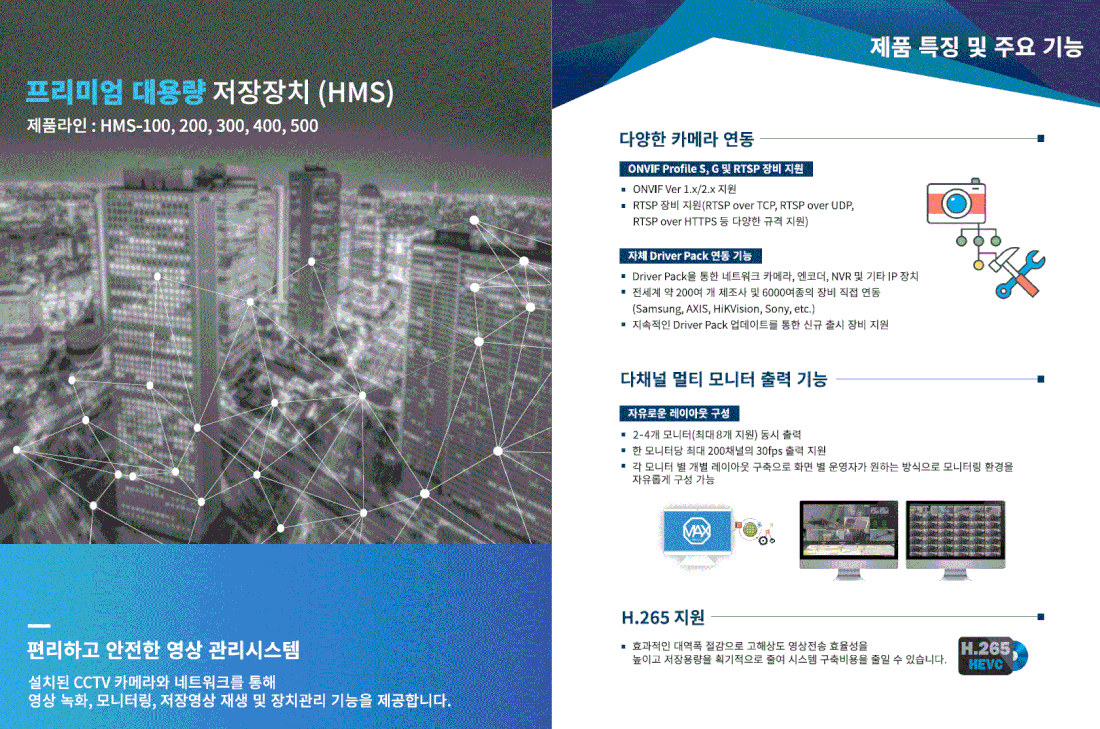
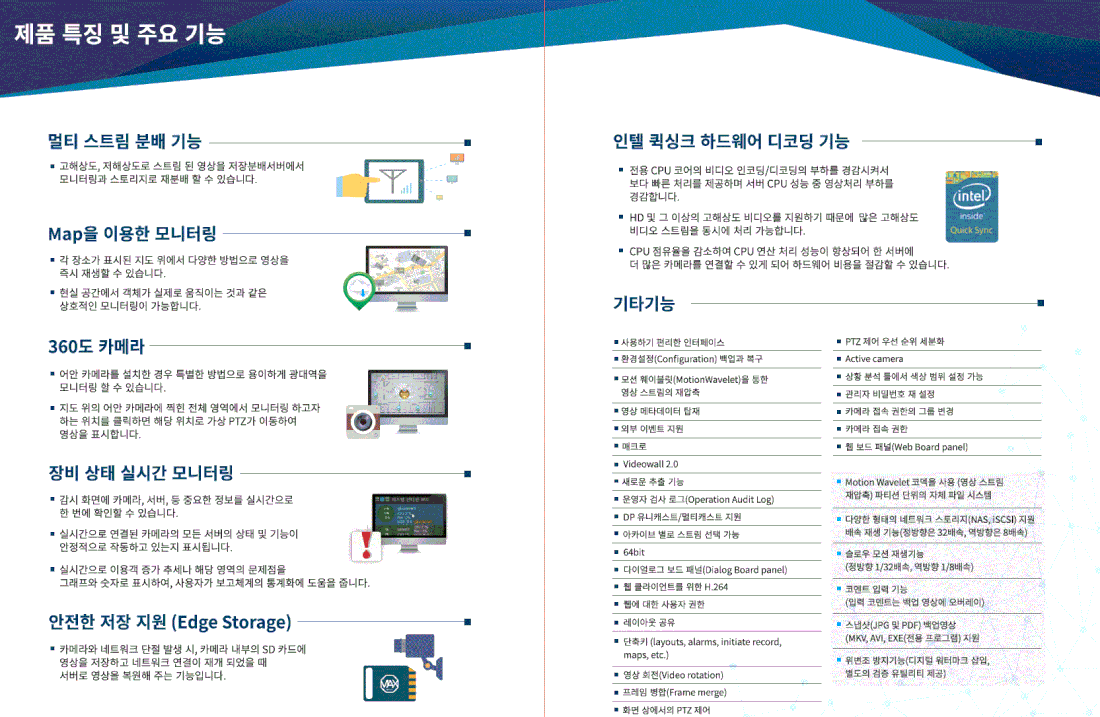

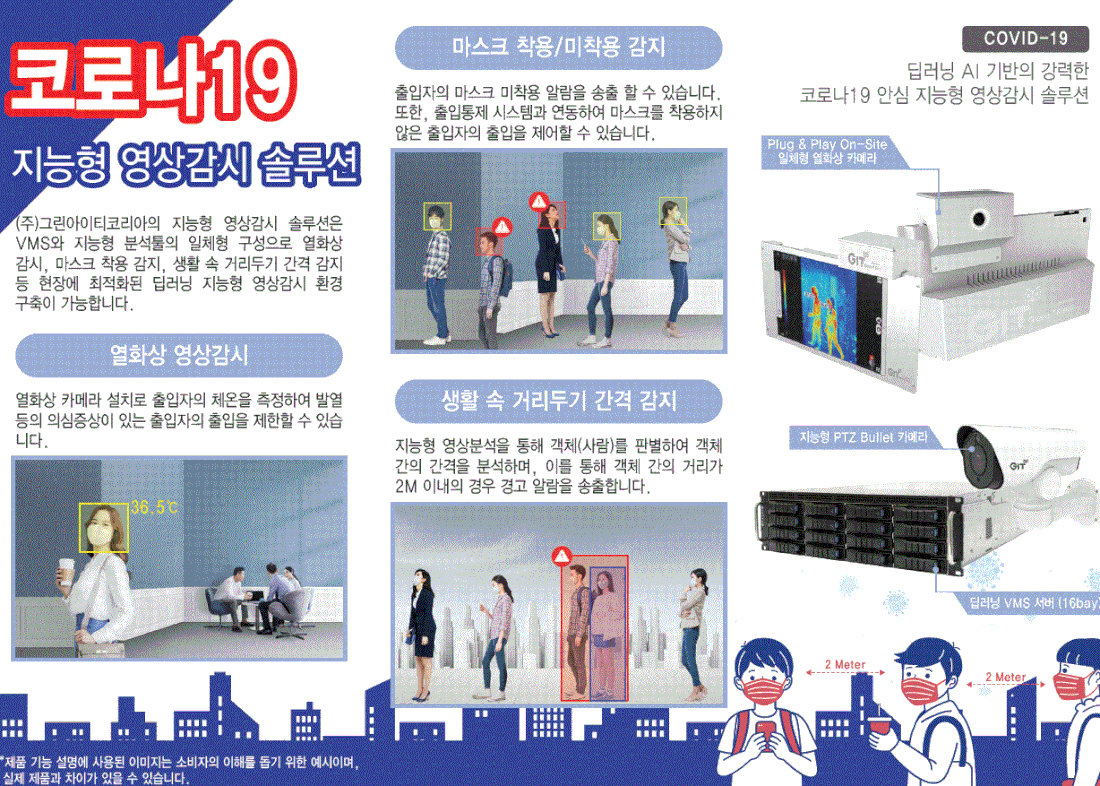
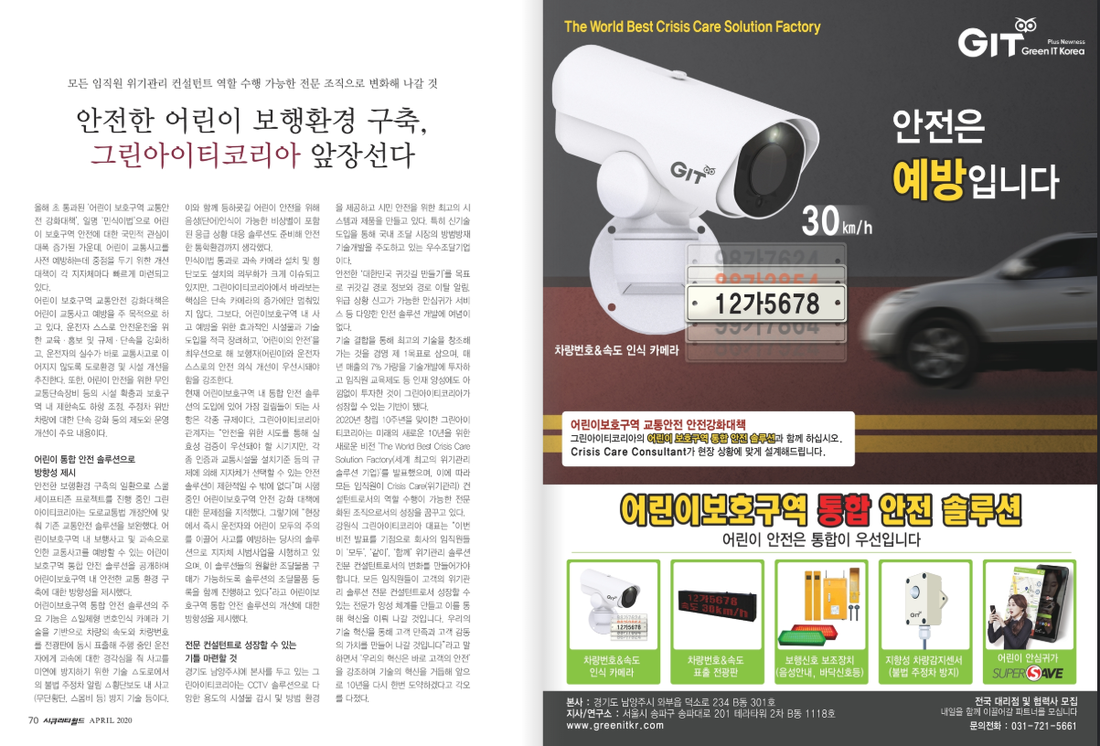
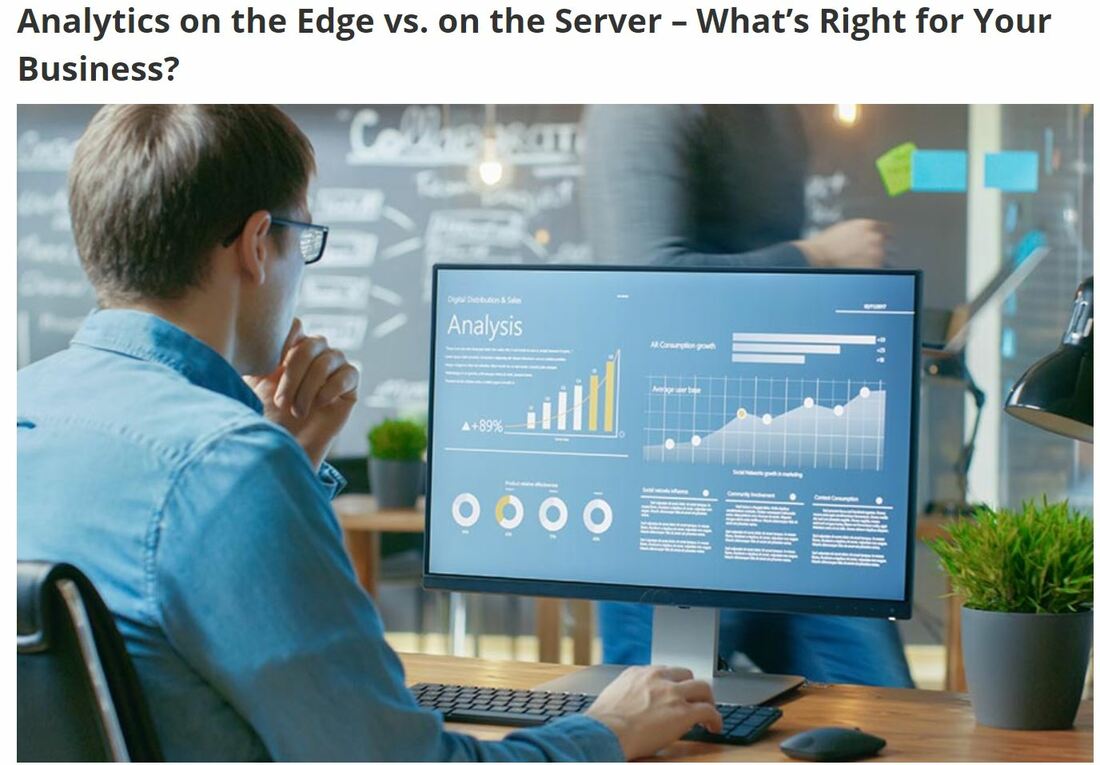


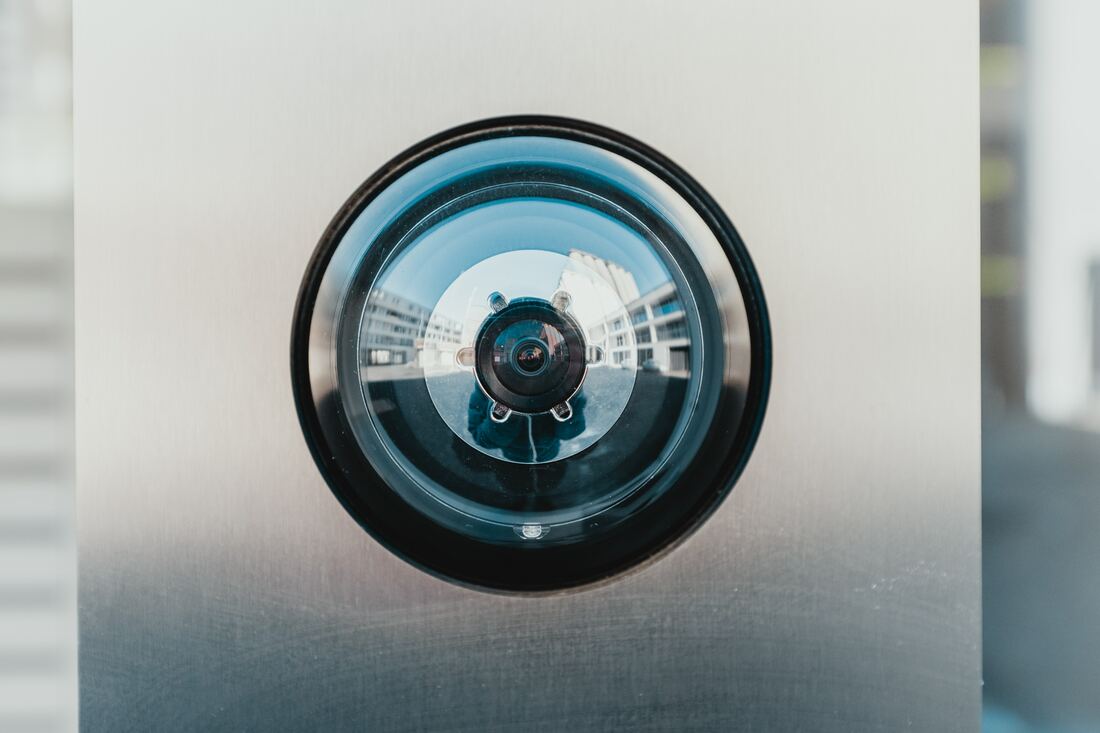


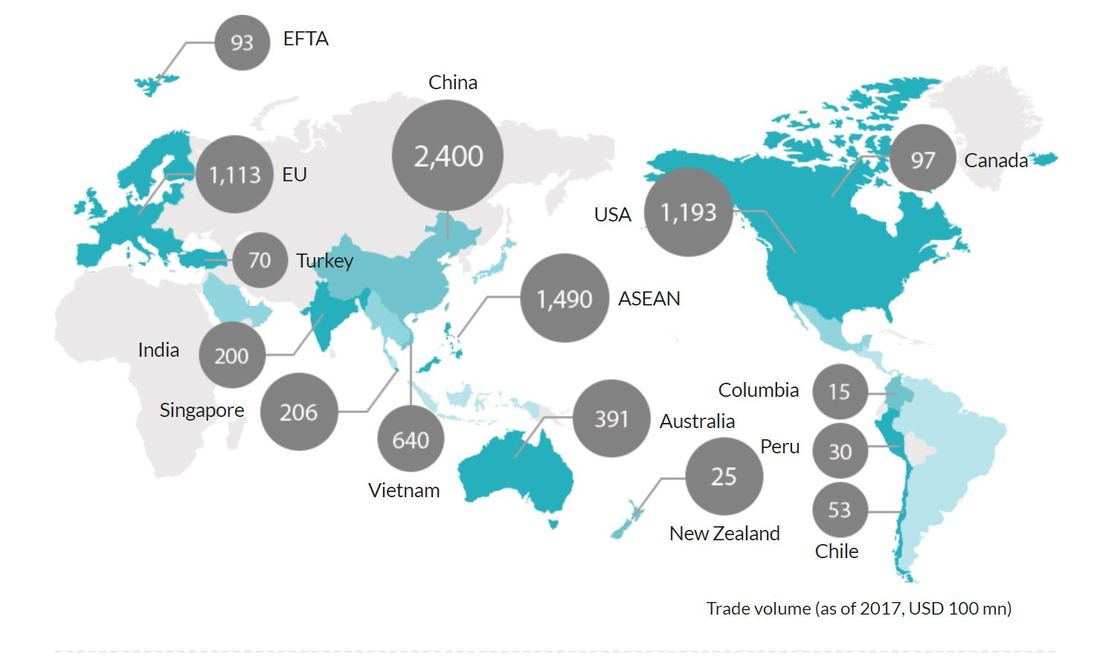

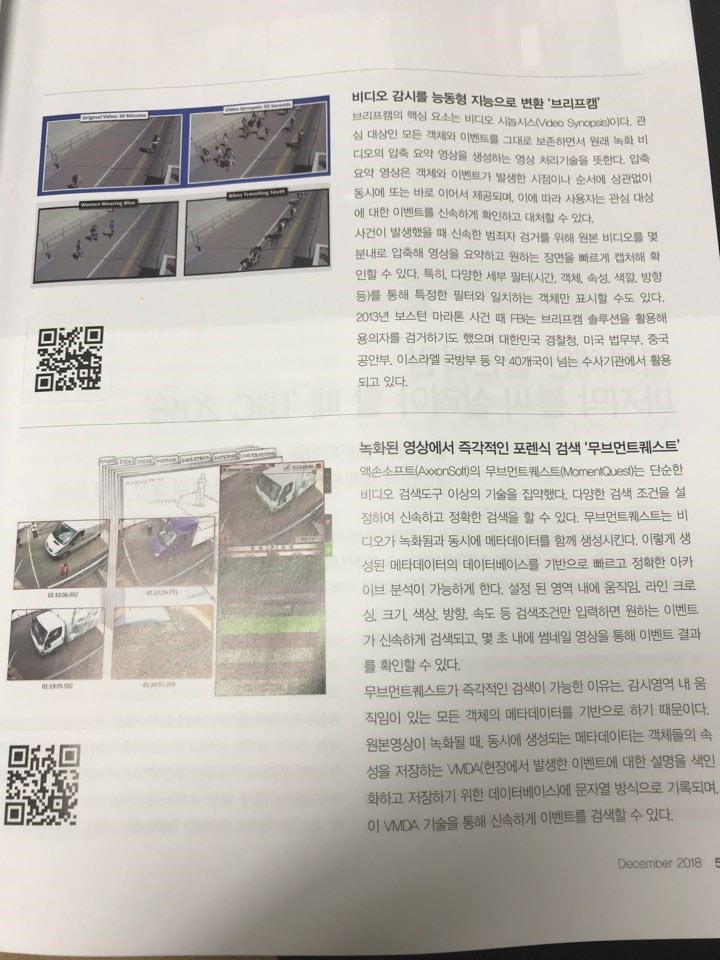
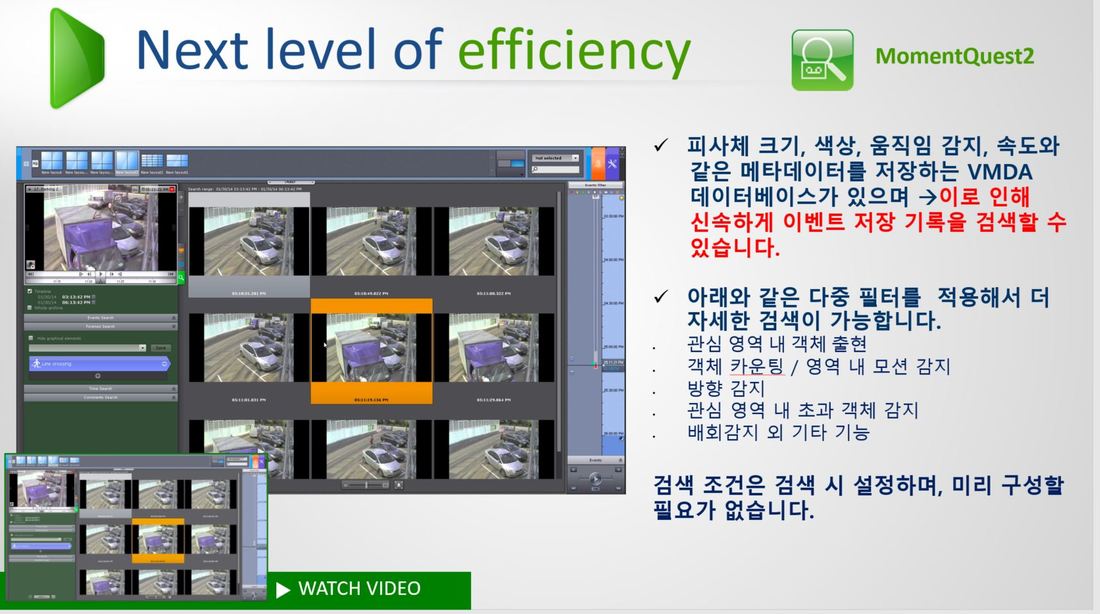

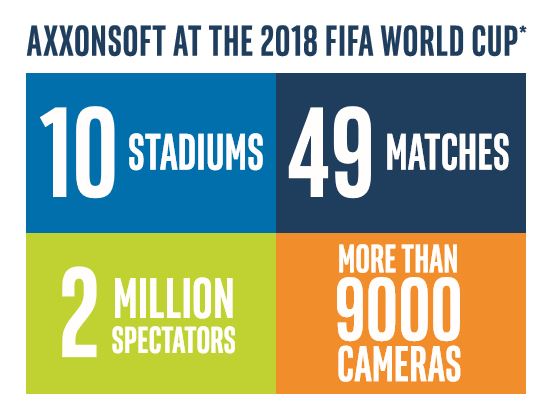
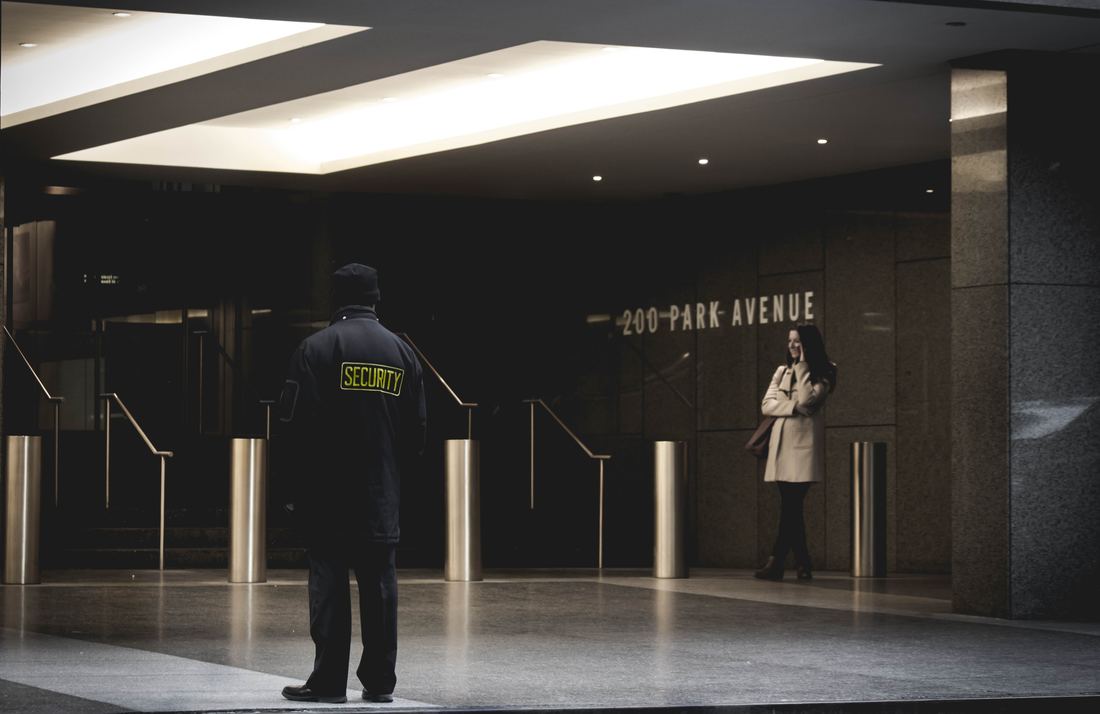
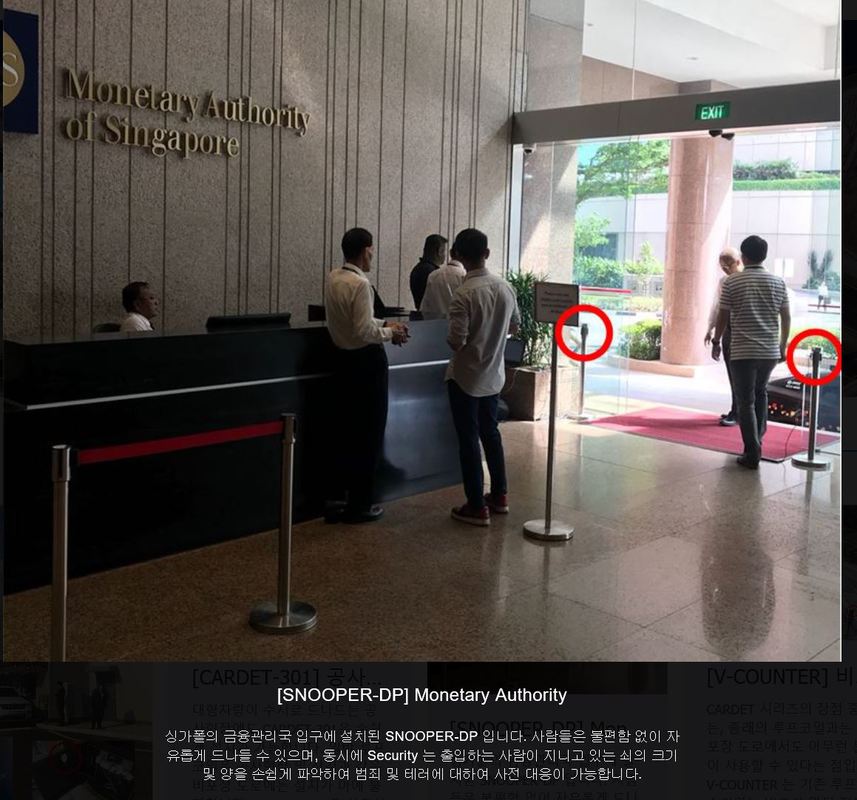

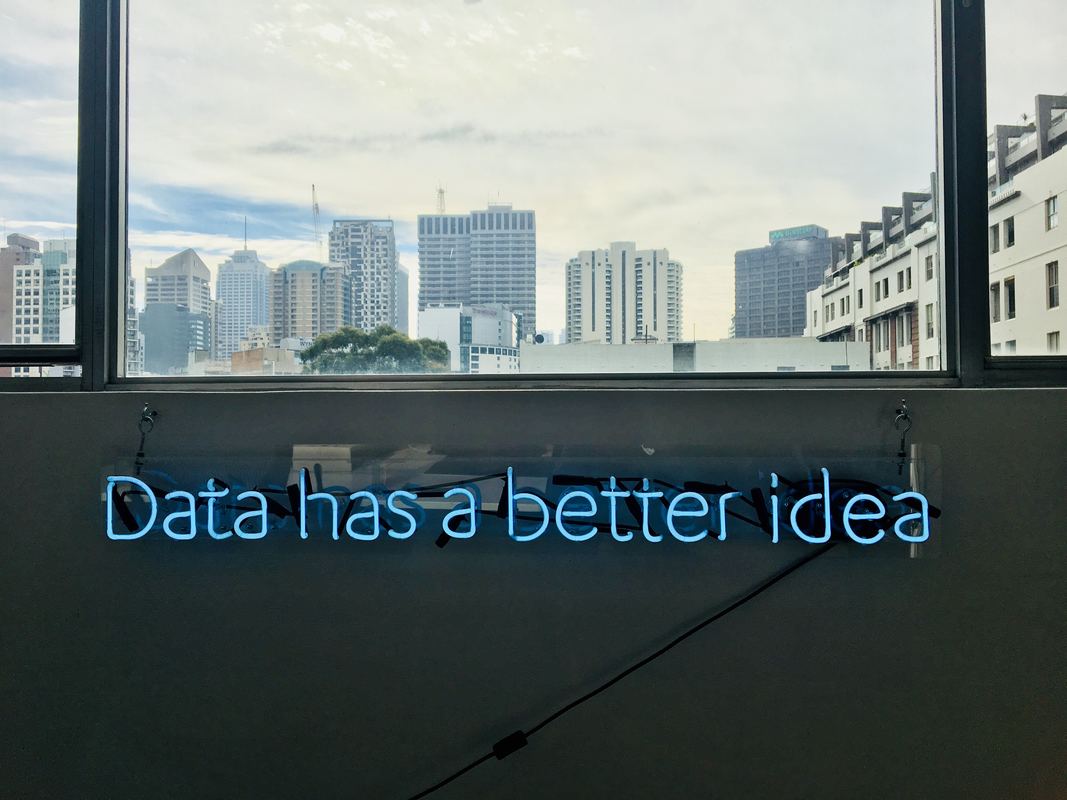
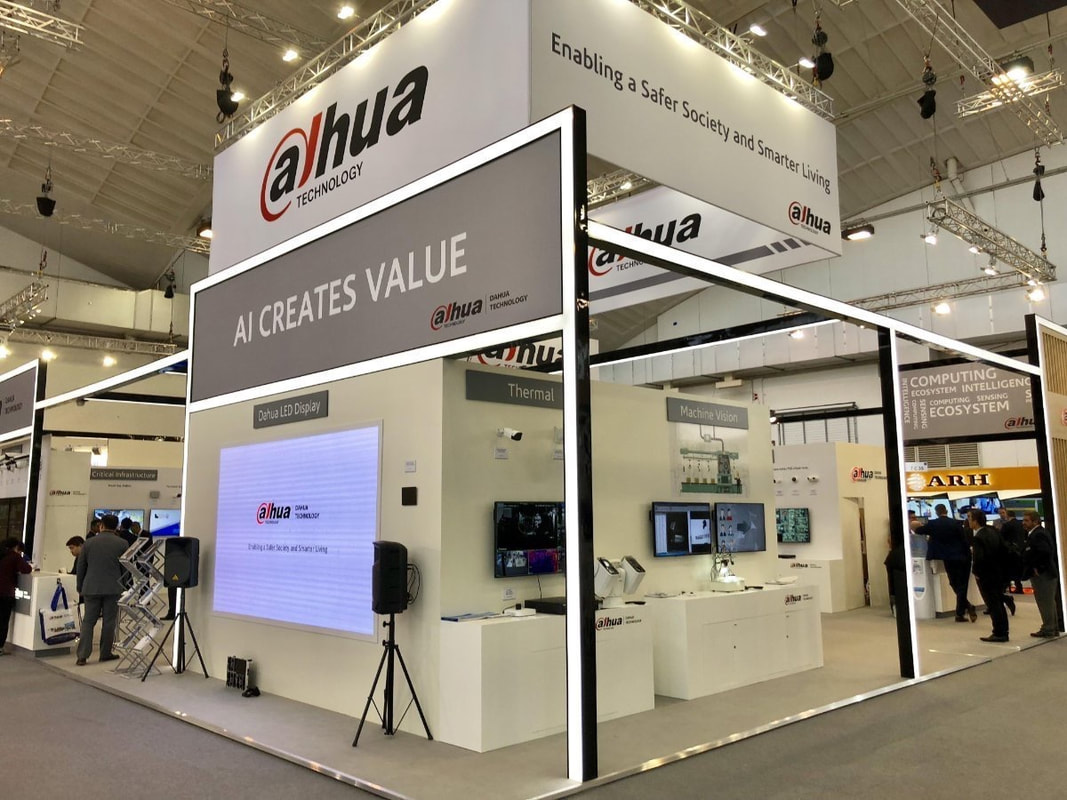
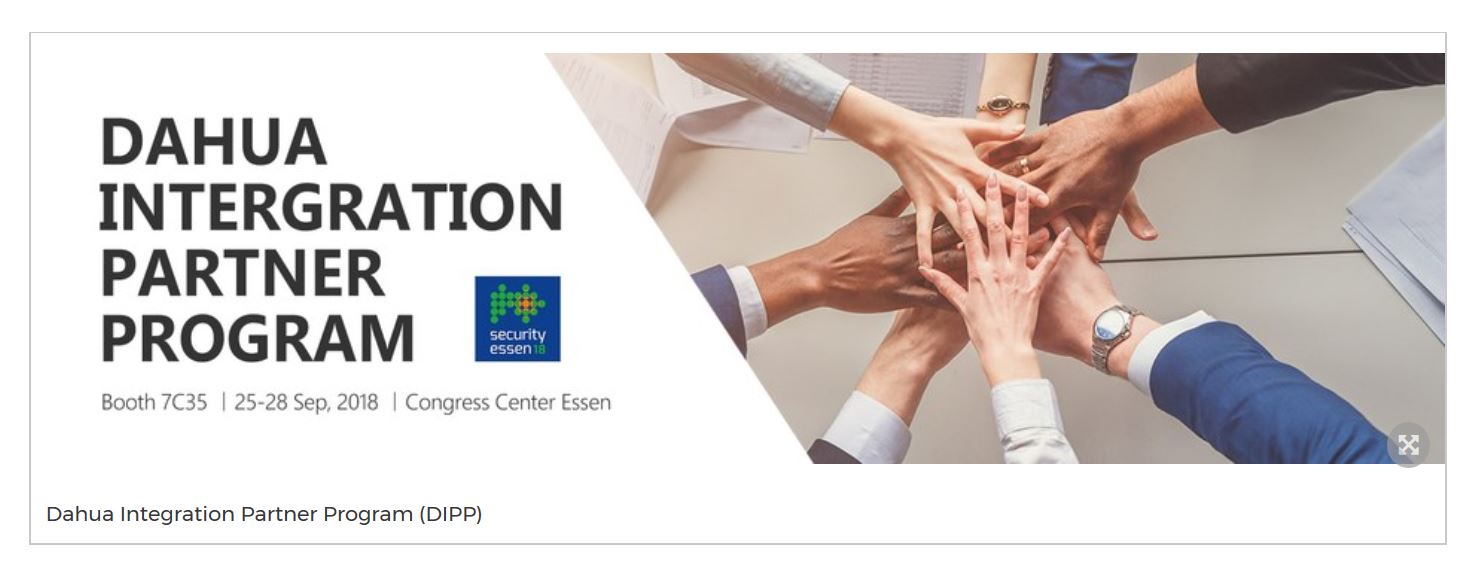
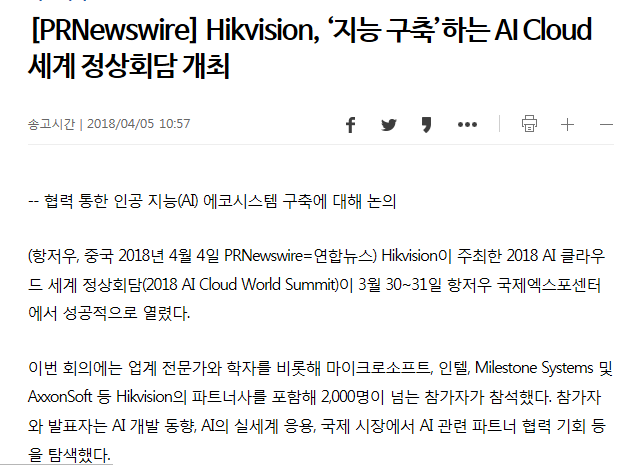
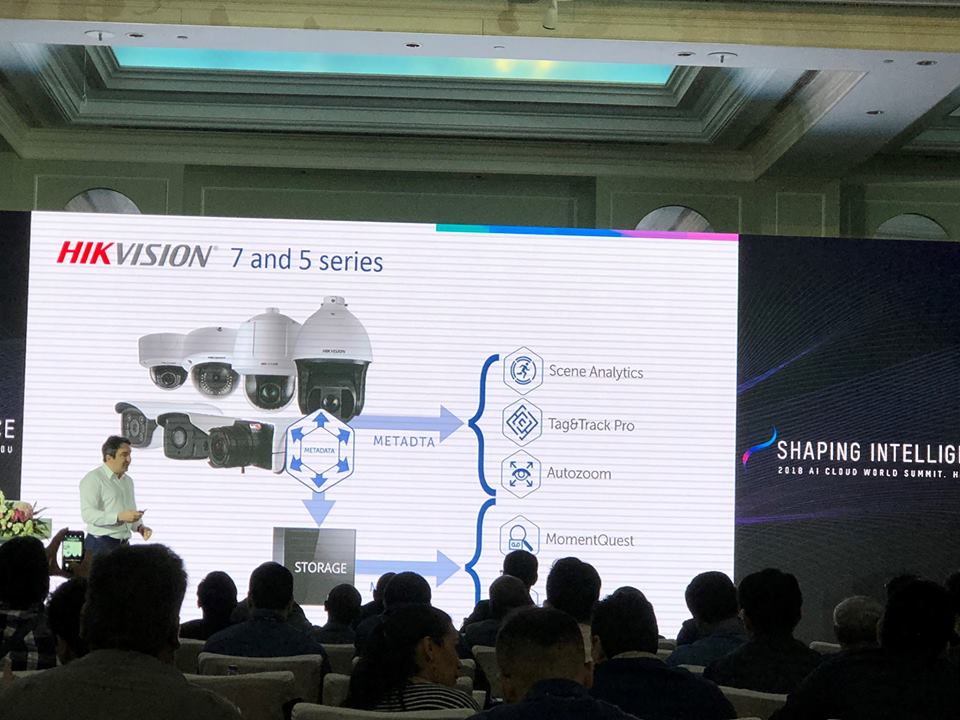
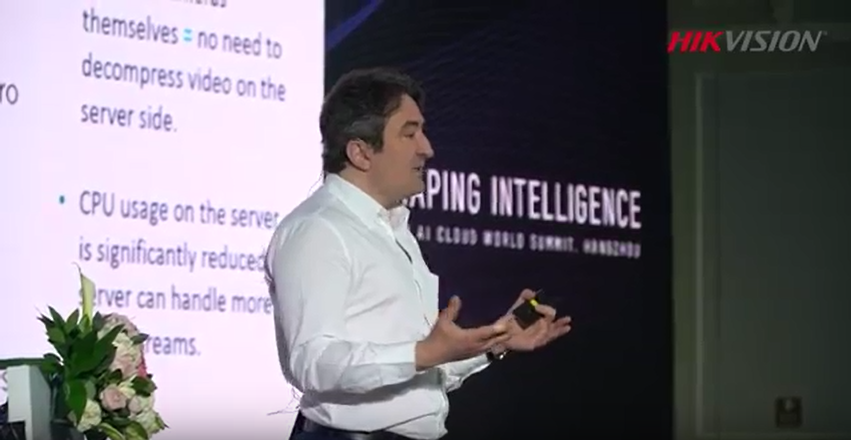
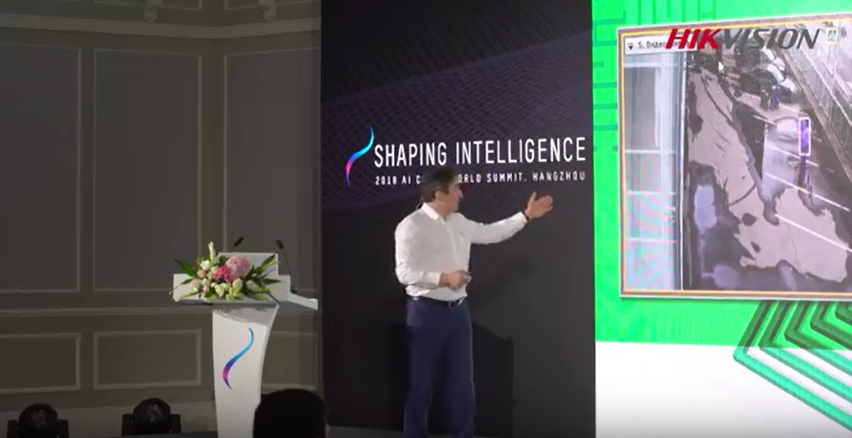
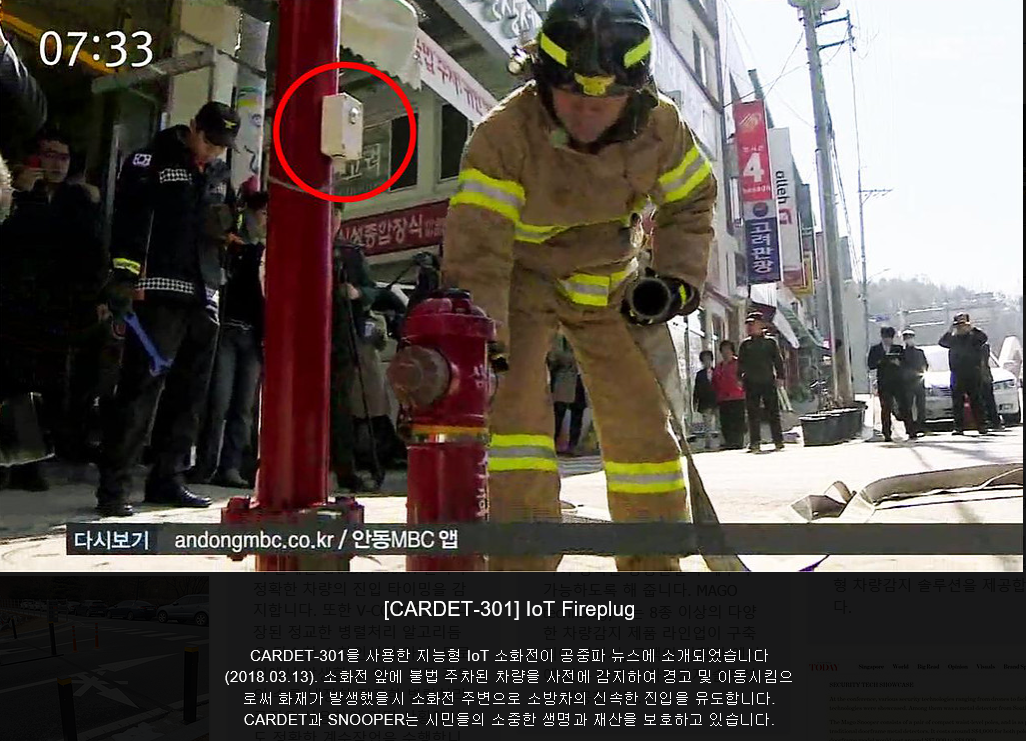
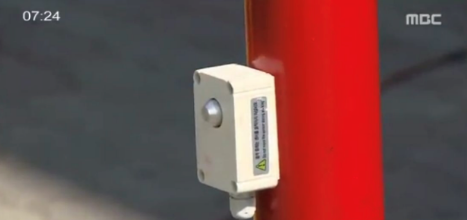


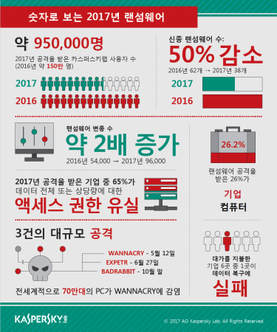


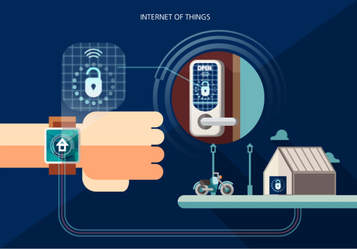


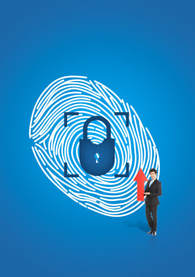



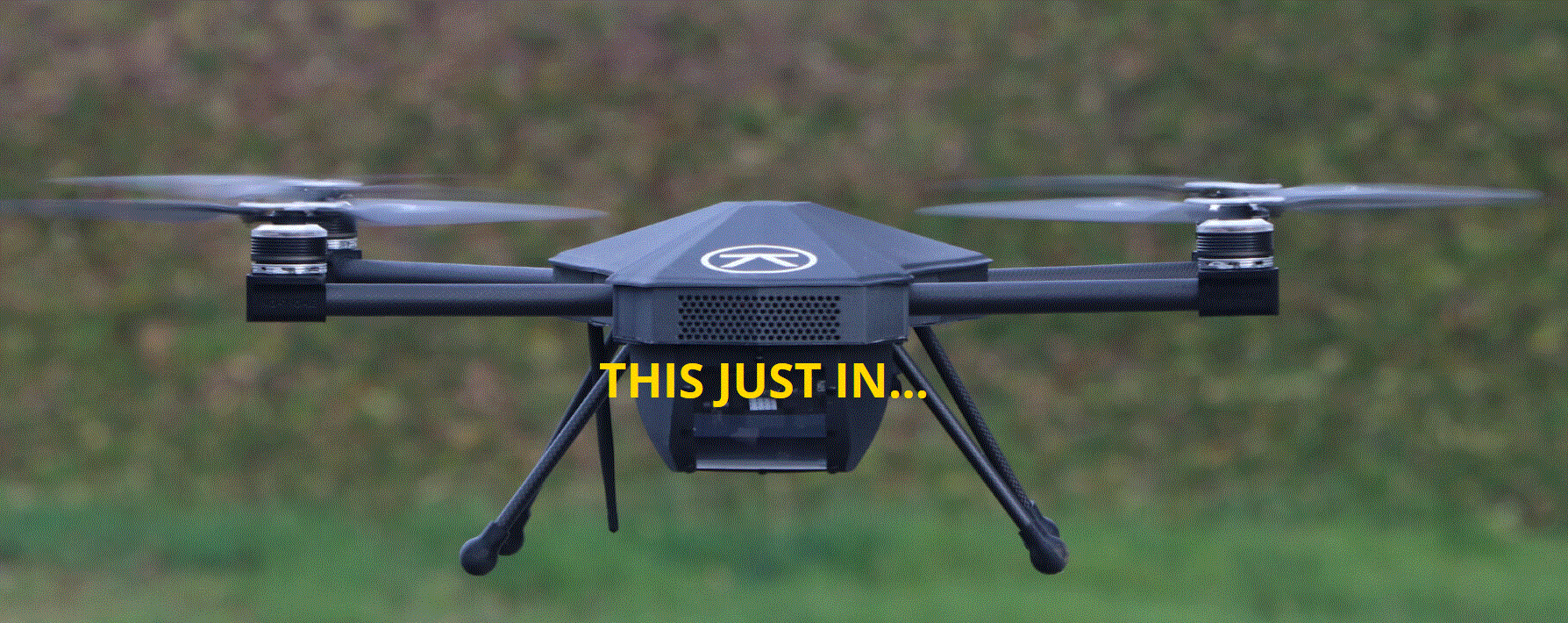
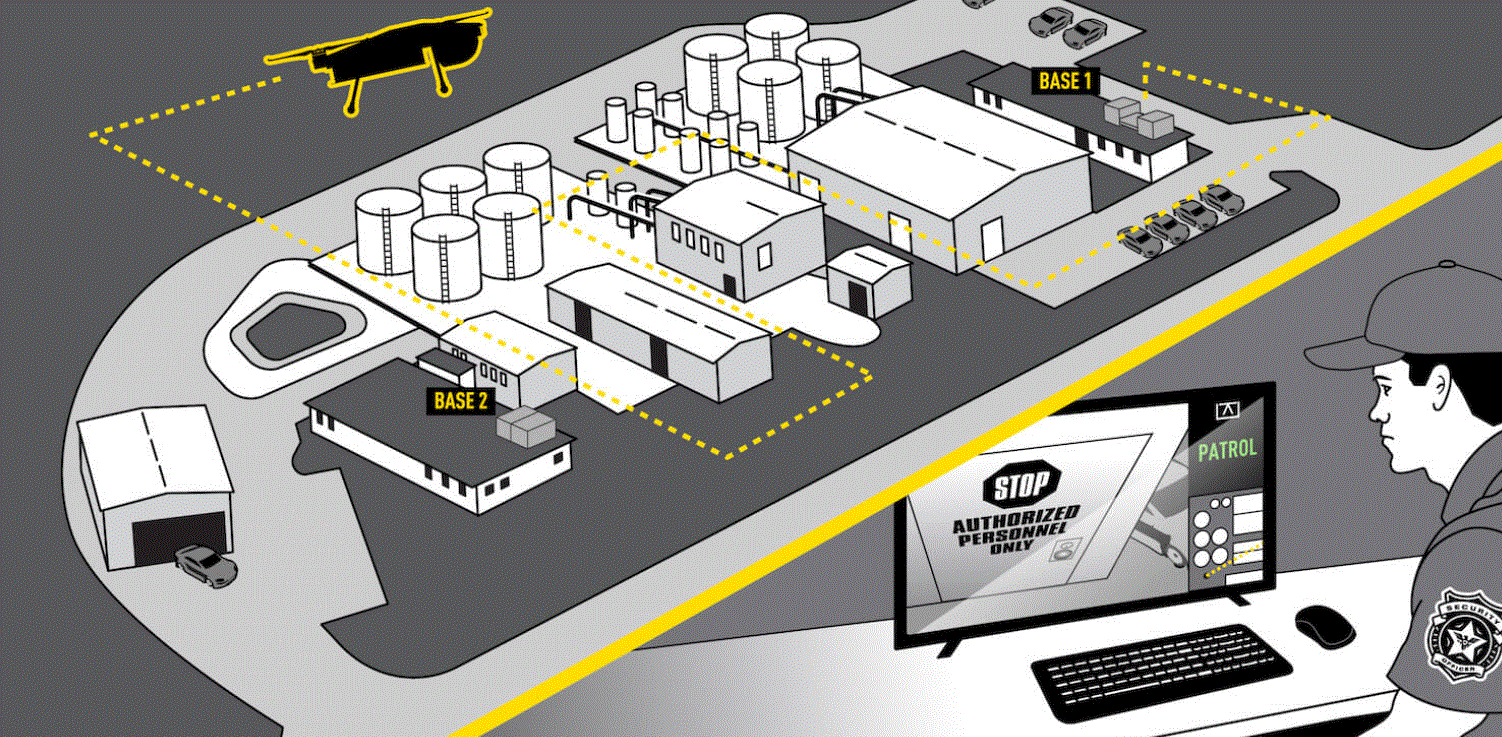

 RSS Feed
RSS Feed